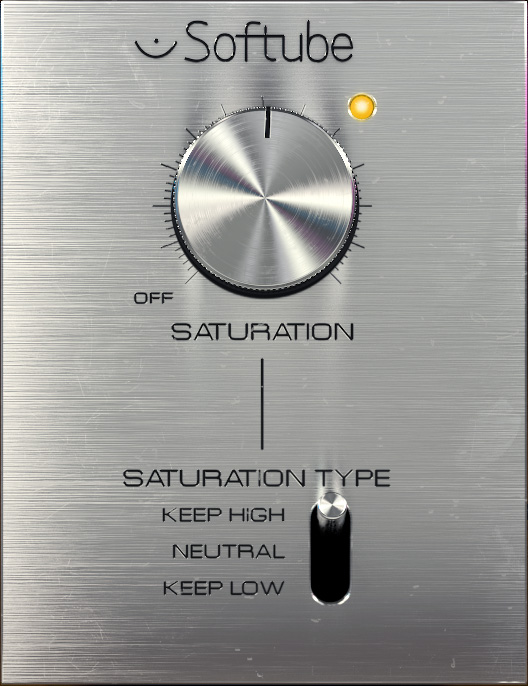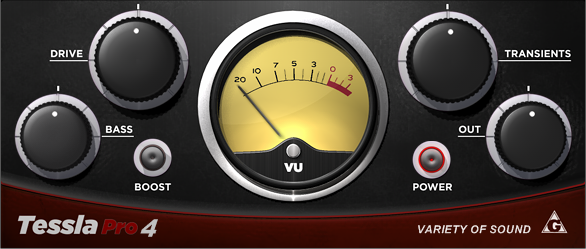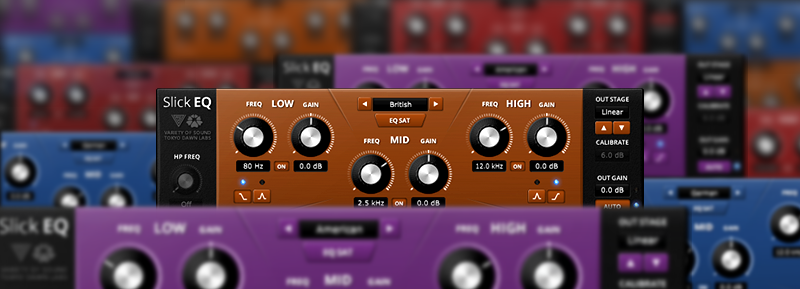Let me clear this up a bit.
Exciters
Many exciter plugins work on level peaks. It's simply called saturation. Excitation is nothing more than subtle saturation, usually applied on the upper mids and highs. (But can also be done on bass).
As Level dependent saturation is the behavior of any piece of equipment reaching the end of its headroom. Tubes amp smoothly approach that 'break up' in a more pleasing way than solid state gear. Therefore any tube simulator will do level dependent excitation.
Edit: Btw this does not mean that all tube Hi-Fi amps
will add saturation. If designed that peak levels never reach the headroom limit, no added harmonics will be added.
There are millions of VST's. Two free ones to try:
Softube Saturation Knob
Free VST analog distortion plugin. Fattens up drums and bass, adds harmonics and shimmer to vocals. Add grit and get your best mix with a single knob.

www.softube.com
Very simple, just one amount knob, and a type switch to select between for full bandwidth saturation, or only on the low, or only on the high frequencies.
VOS ThrillseekerXTC
ThrillseekerXTC – bringing mojo back ThrillseekerXTC mkII is a psychoacoustic audio exciter based on a parallel dynamic equalizer circuit. It takes our hearing sensitivity into account especi…

varietyofsound.wordpress.com
The mojo and drive section specifically are an exciter. The Low, Mid and Air sections are an EQ with additional saturation as well, so you have multiple ways of adding harmonics.
Transformers.
Level dependent saturation is something different than
transformer saturation. The main difference is that a transformer takes time to saturate, so it's not level, but
the integral of level and time that decides wether a transformer will saturate or not. This will leave the beginning of transients a bit more intact, and it sounds different. (But very subtly different).
Two free exciter VST's that do this are
VOS Tessla Pro
all the analog goodness in subtle doses Designed for mixing and mastering engineers navigating the digital realm, TesslaPRO strikes a balance between analogue character and modern precision. By rei…

varietyofsound.wordpress.com
You need to check the manual to see what it does exactly, I forgot. I think it was that turning Transient counterclockwise accentuates transients, and clockwise smooths transients.
TDR SlickEQ
A mixing/mastering equalizer designed for intuitive use, musical flexibility and impeccable sound.

www.tokyodawn.net
On the right where it says "Out stage > Lineair", you can select a few transformer models for saturation (with Lineair begin the clean option). Set the calibration box below it to as high as it'll go (16dB) I think, to really pump out saturation. Output level will not increase btw, it's just an internal value.
en.m.wikipedia.org

www.muzines.co.uk









